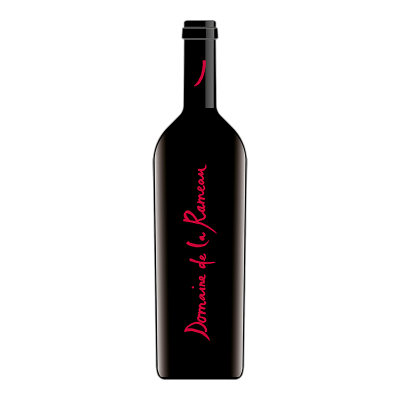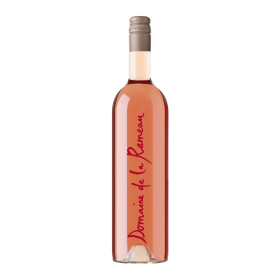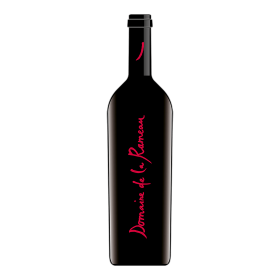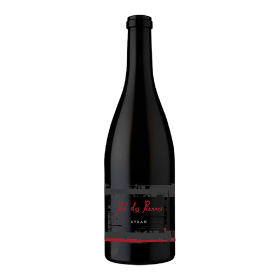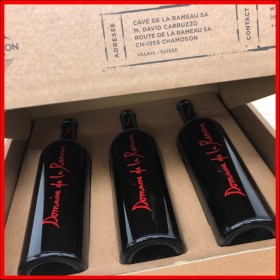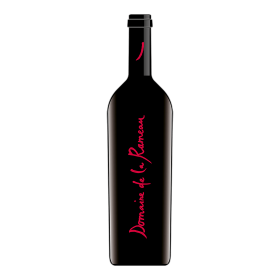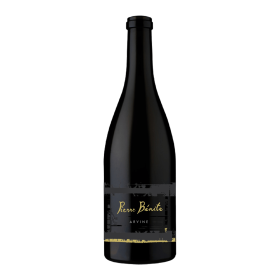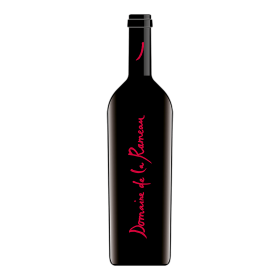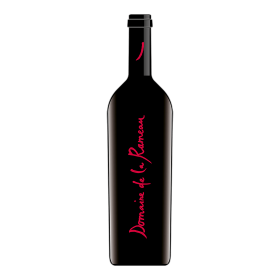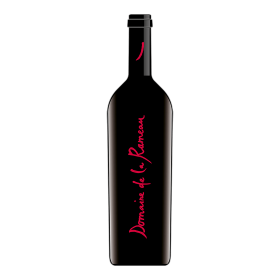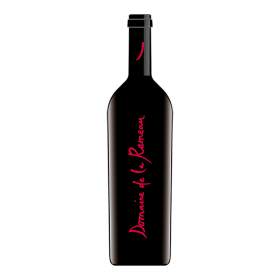Grape varieties
40% Syrah, 20% Cabernet Sauvignon, 20% Cabernet Franc and 20% Merlot.
Syrah is one of the most beautiful grape varieties of the French Rhône valley. It was quite natural that she found a second home in Valais, on the banks of the Rhône. Syrah and its purple color expresses itself with notes of spices, black pepper and wild berries. It brings a magnificent identity to our blend.
Cabernet Sauvignon is one of the most widely planted grape varieties in the world. Late-ripening, it found soils and a climate to its liking in Valais. With its very full-bodied and tannic structure, Cabernet Sauvignon brings density and power to this blend.
Cabernet Franc is a more discreet grape variety globally, but it is considered one of the great red grape varieties of the Loire Valley, Bordeaux and Valais. This late-ripening grape variety brings elegance and typical aromas of tobacco and leather to this blend.
No need to introduce Merlot, a grape variety planted in all the beautiful vineyards around the world including Valais in Switzerland. Merlot is medium late and loves deeper soils like we have in Chamoson. This grape variety brings flesh and smoothness to our blend.
Winemaking
The harvest of the different grape varieties is done manually according to maturity. Each grape variety is vatted separately in order to achieve the most precise macerations possible depending on the grape variety.
We carry out cold macerations for 10 to 15 days then the fermentations begin. We maintain a fermentation temperature around 25°C and we carry out light punching down during the 10-15 days of fermentation. The devattings are decided by tastings.
The pressing is as delicate as possible and we separate the free-run juices and the press juices in order to produce a blend that best reflects the finesse of each vintage. We create the blend of different grape varieties after pressing, then the wines are put into oak barrels for aging for 14 months. 80% of the barrels are new oak barrels from Tonnellerie François Frères in Burgundy, the remaining 20% are oak barrels from 1 wine (having already vinified a vintage).
After aging, the wines are lightly filtered then bottled. We market the wines 1 year after bottling in order to give the wine time to flourish before being marketed.
Vintage 2016
The weather conditions at the beginning of the summer required constant vigilance on the part of the winegrowers to control fungal diseases, particularly mildew. From the end of July, hot and particularly dry conditions prevailed throughout the vineyard. This long heat wave made it necessary in certain situations to irrigate more than usual.
These conditions lasted until the harvest officially opened on 26 September. The heterogeneity of maturity between the grape varieties and the situations in the vineyard lengthened the usual duration of the harvest. As in 2015, the irreproachable sanitary state allowed the harvest of high quality grapes.
The winegrowers experienced a special harvest, very spread out, with contrasting maturities depending on the grape varieties and the parcel situations. The choice of harvest date was a determining factor for the quality of the wines. We had to be patient to harvest at the optimum time. However, the warm days and cool nights allowed us to preserve the aromas.
The first tastings reveal wines marked by freshness, elegance and finesse.
Tasting is crucial in deciding on the vinification choices. The high acidity of certain whites required malolactic fermentation on a case-by-case basis. This year, the work on the lees is very important to structure the wines. The white wines are particularly fresh and tasty with a nice tension on the finish that gives them an airy quality.
The red wines are very colourful and attractive. The acidity and tannic structure vary greatly from one grape variety to another, depending on the ripeness obtained. The bouquet is expressive of spices and red and black fruits. The tannins are firm, well present and coated. Red wines of pleasure and freshness.
Tasting
A rich and ample nose, slightly smoky, on cherry and ripe red fruits such as strawberries and raspberries. Fine notes of menthol refresh this powerful nose.
The palate starts with black fruits. Rich and concentrated, this wine is at its peak.
This wine goes wonderfully with a crusted beef fillet.
Wine conservation
8 to 12 years (in good temperature and humidity conditions).

